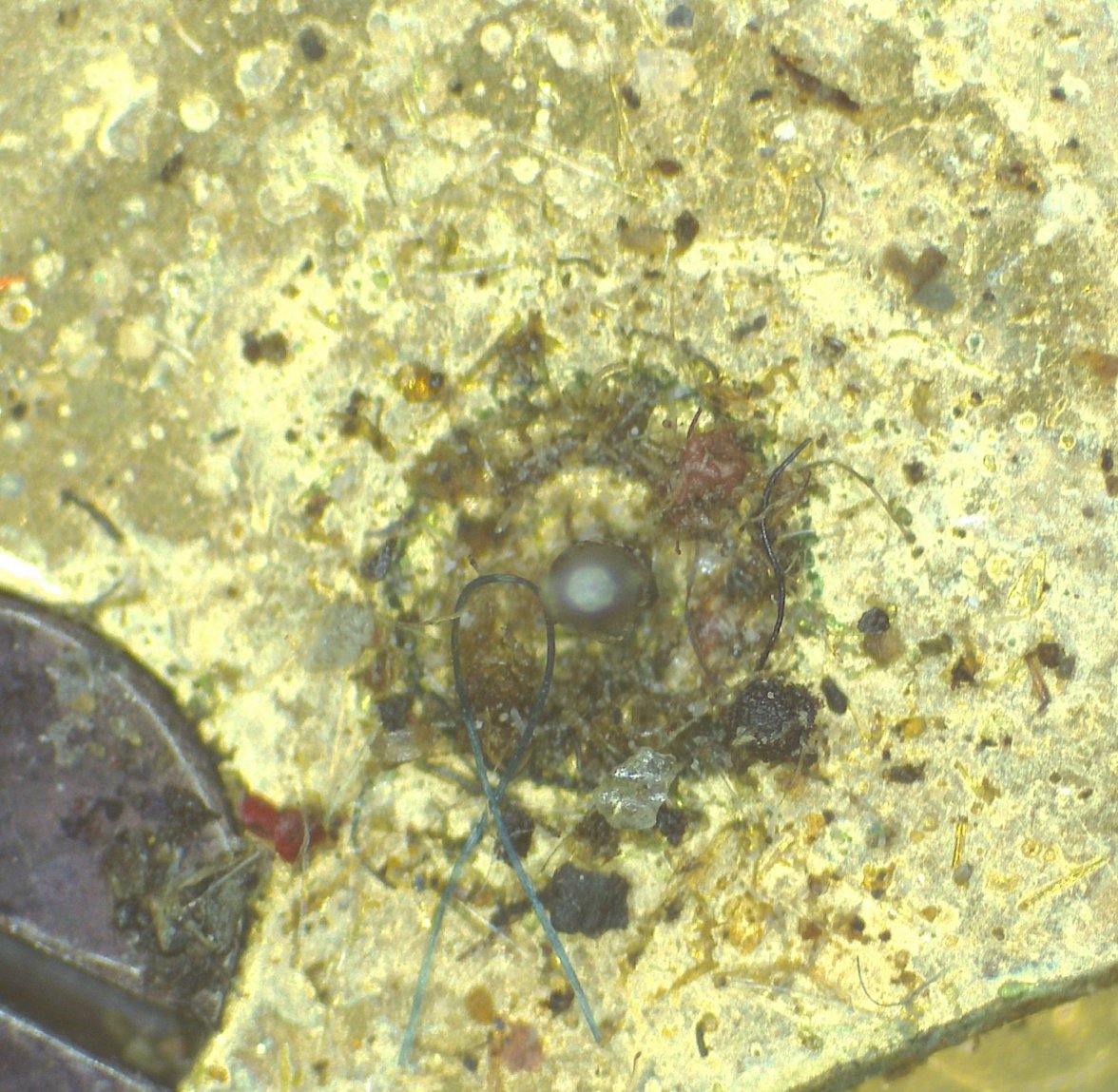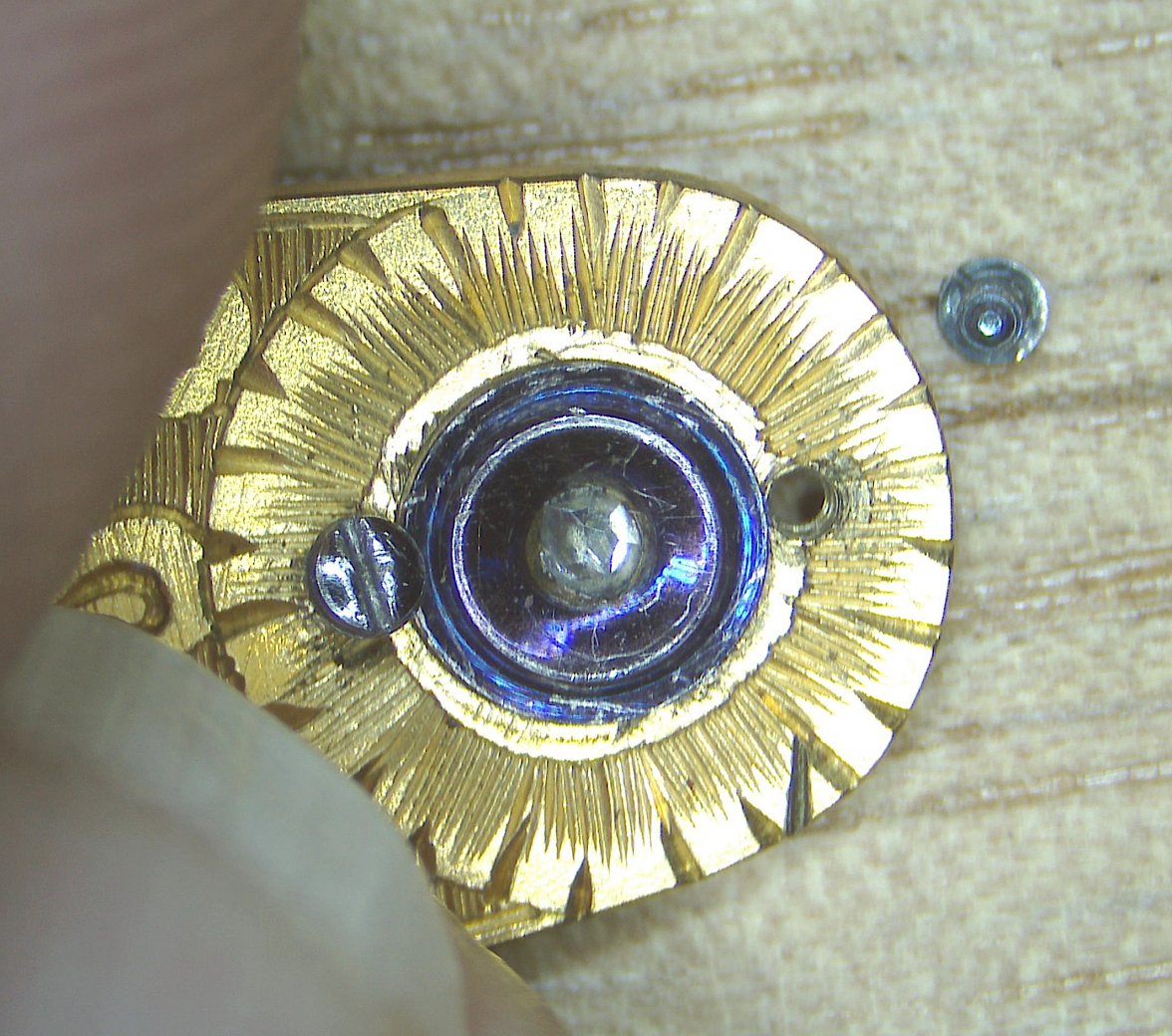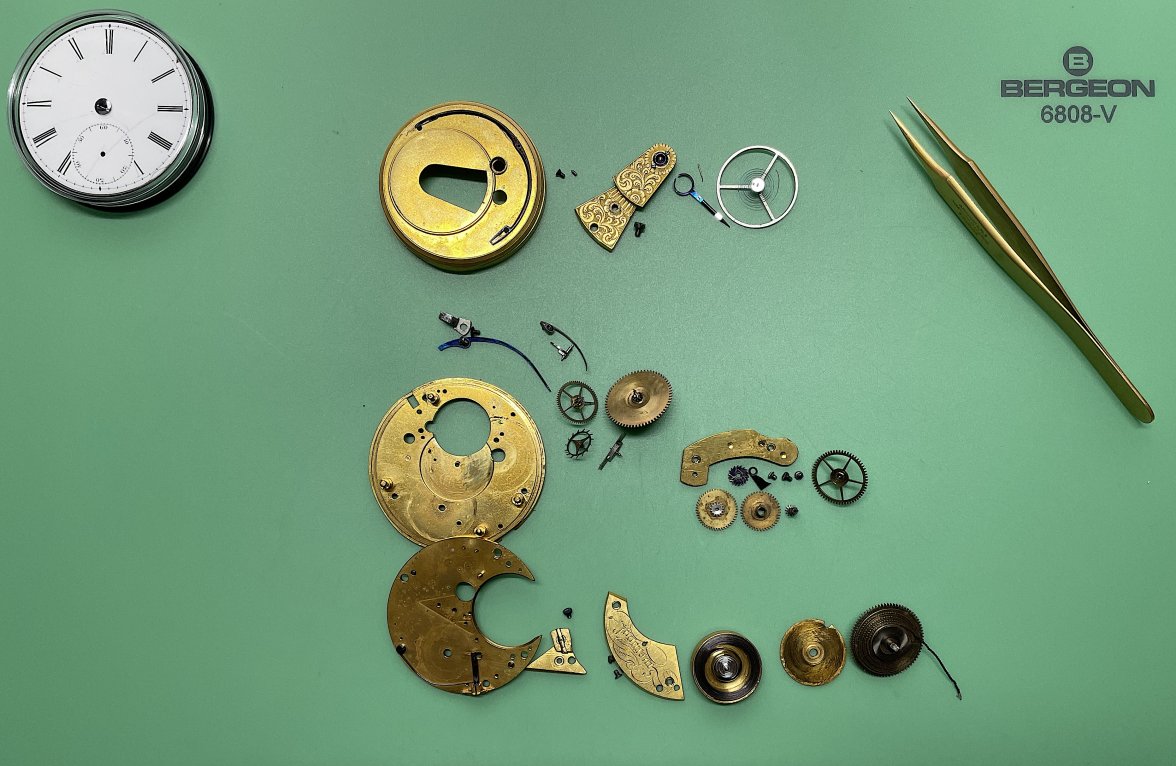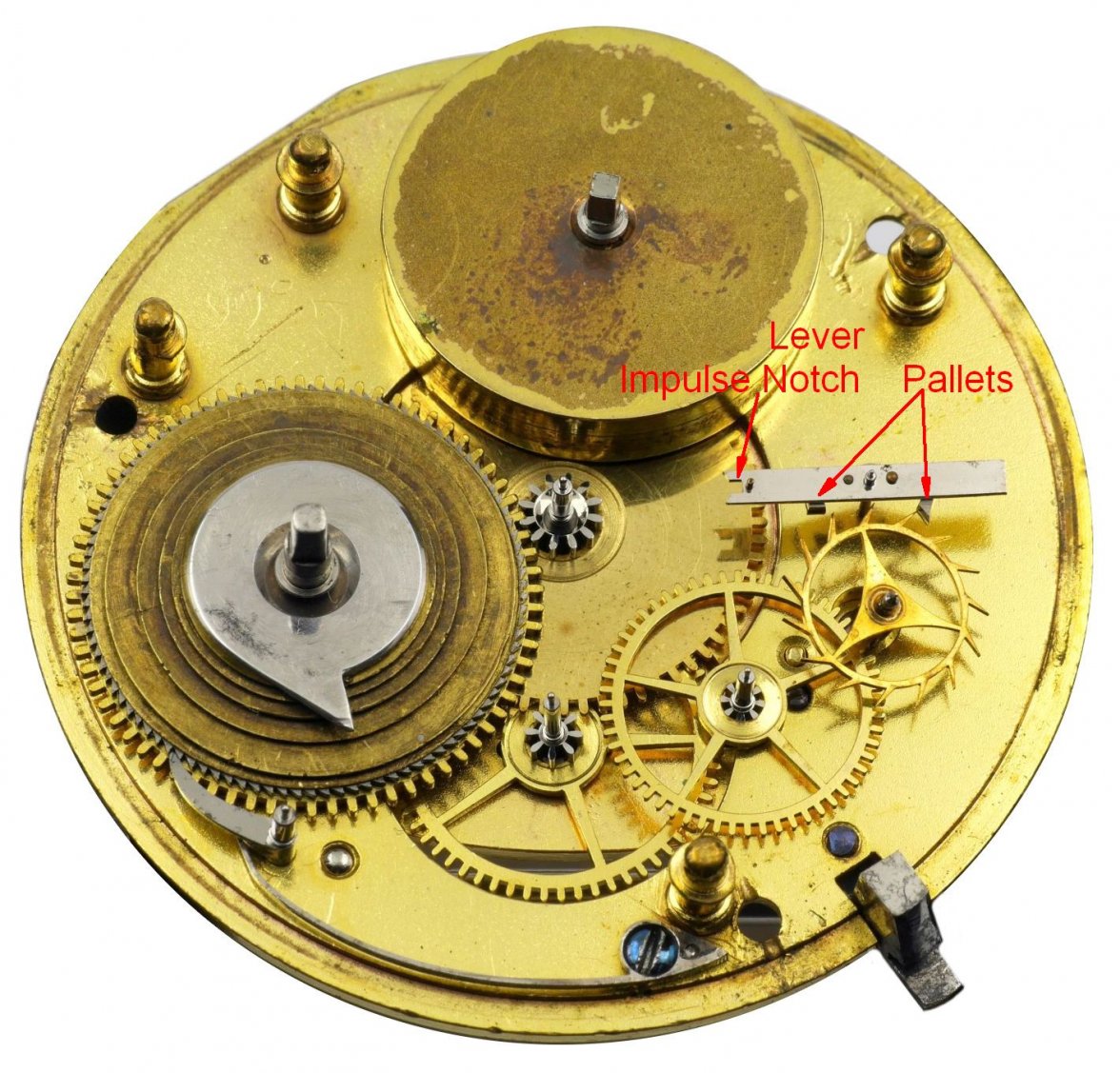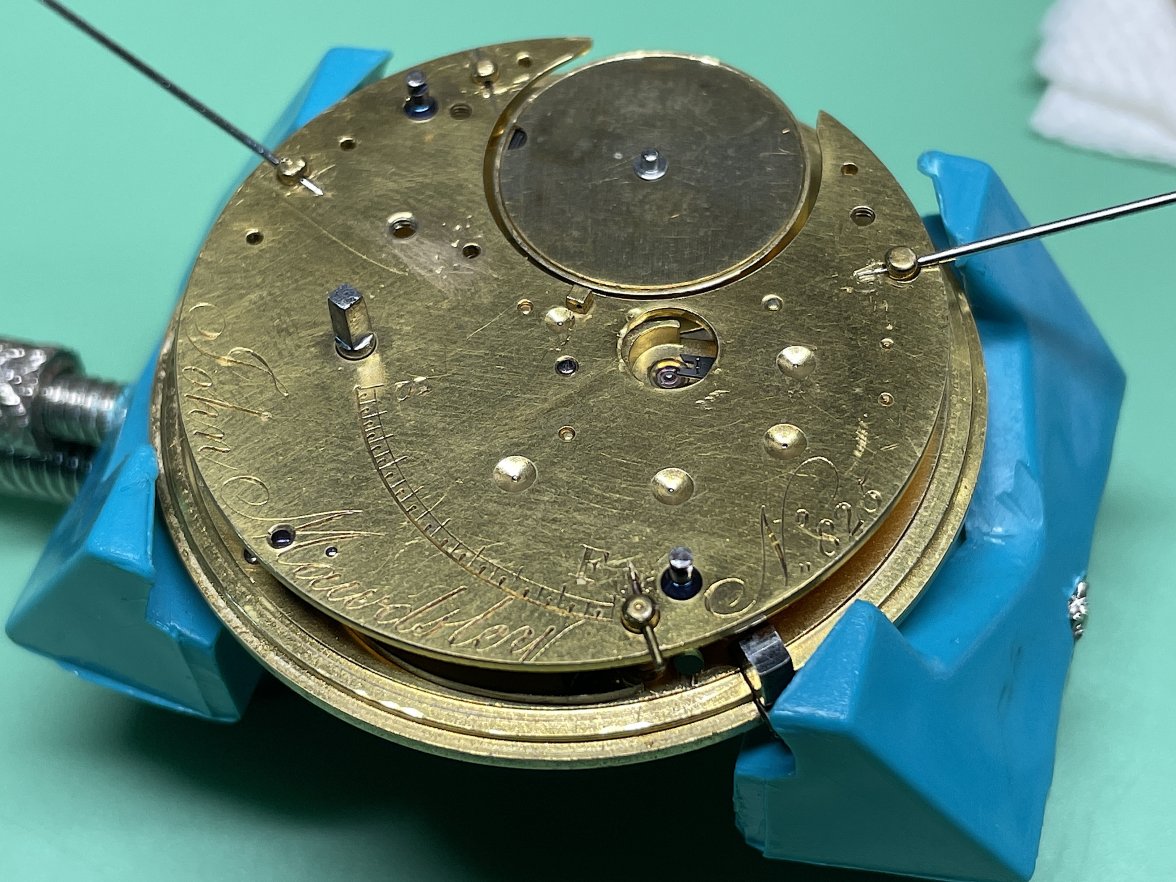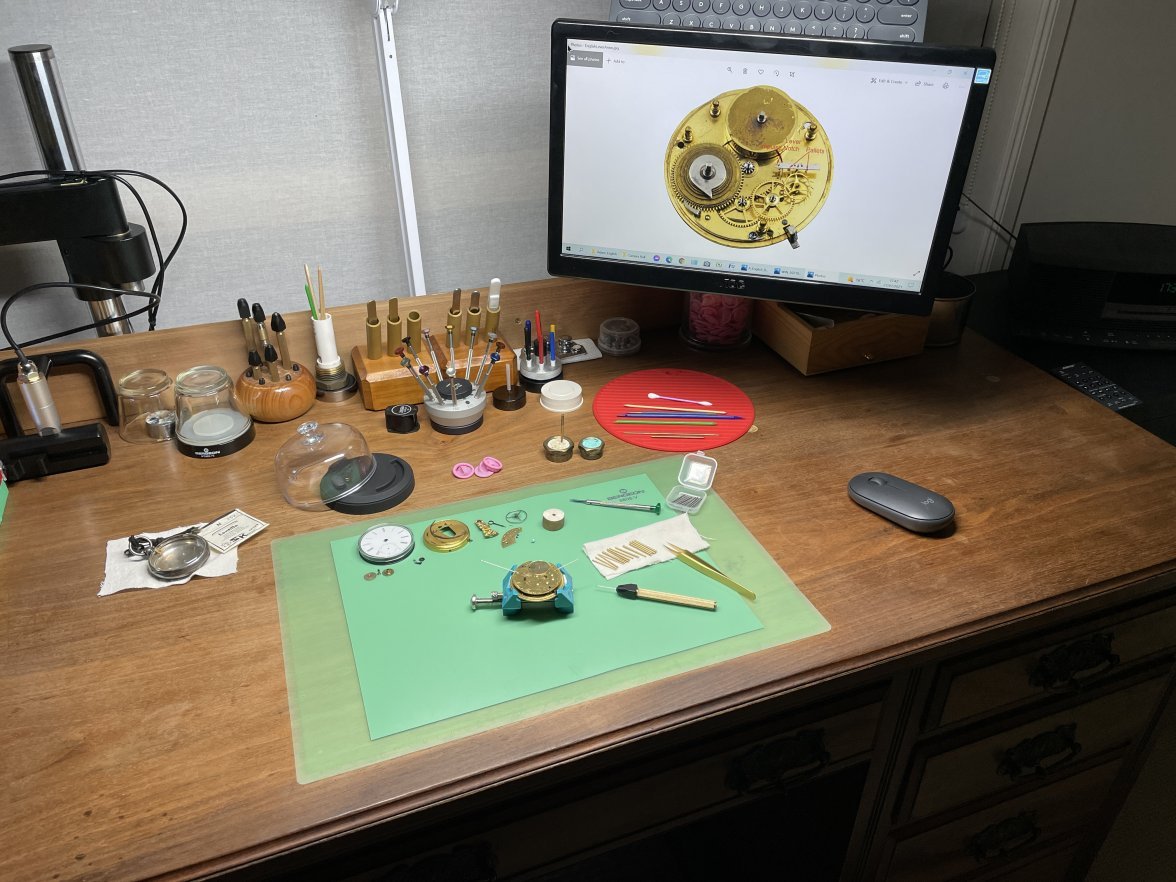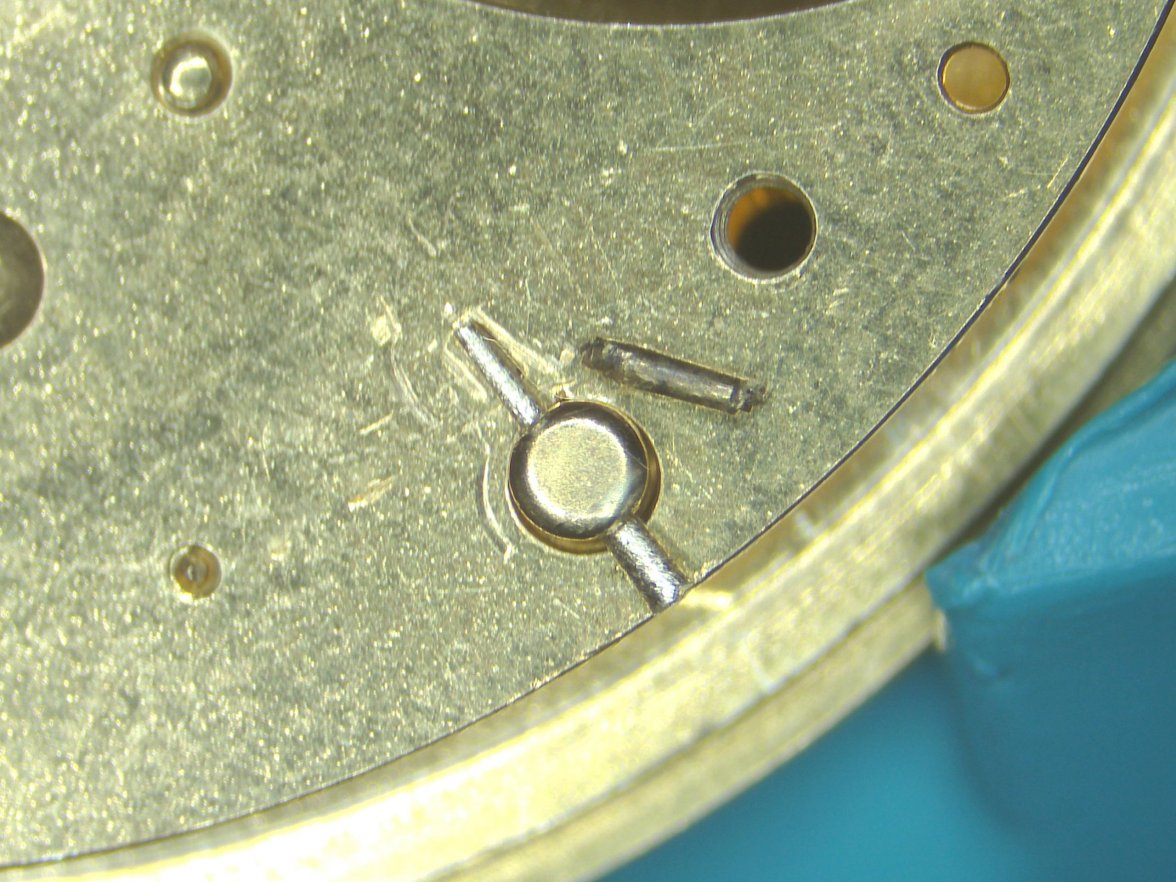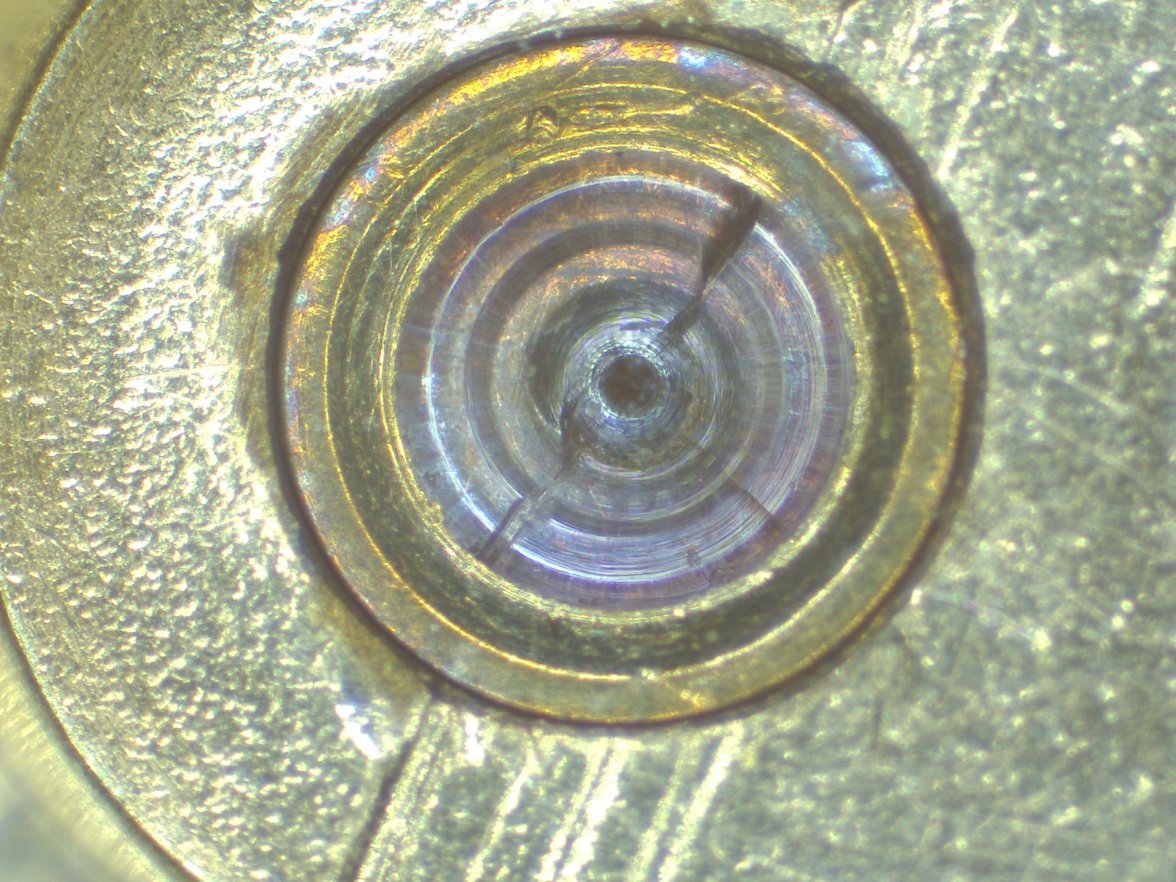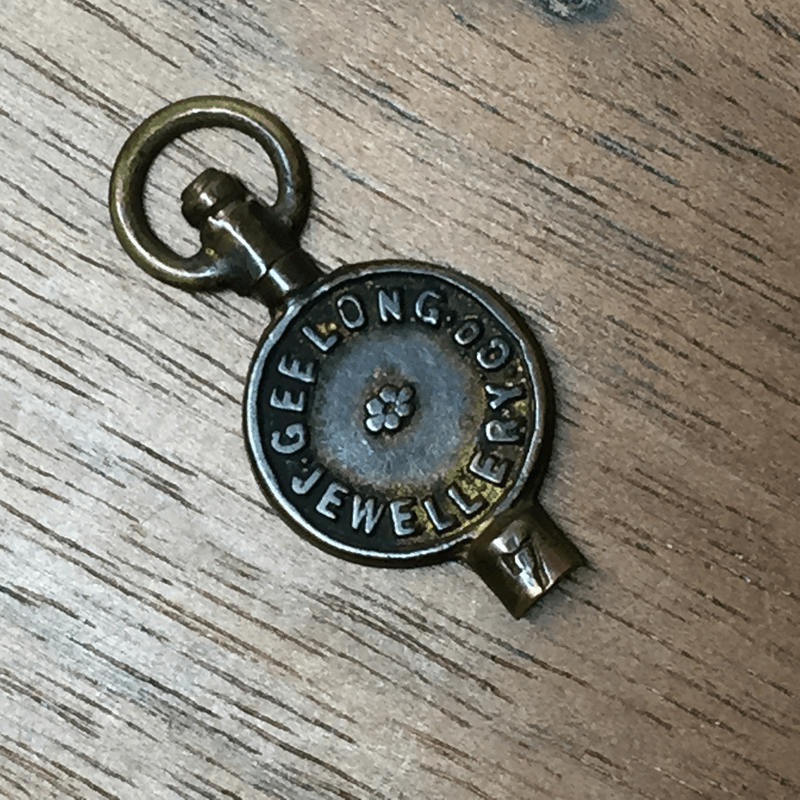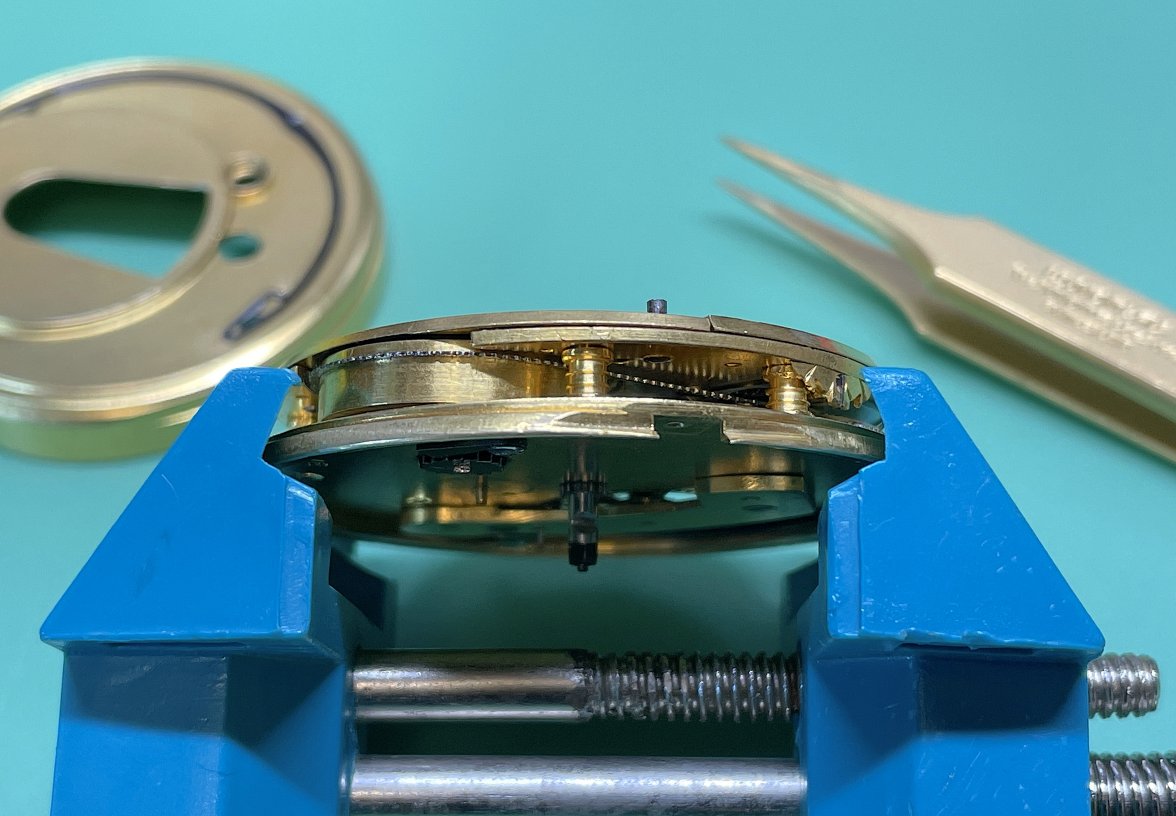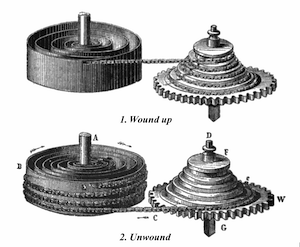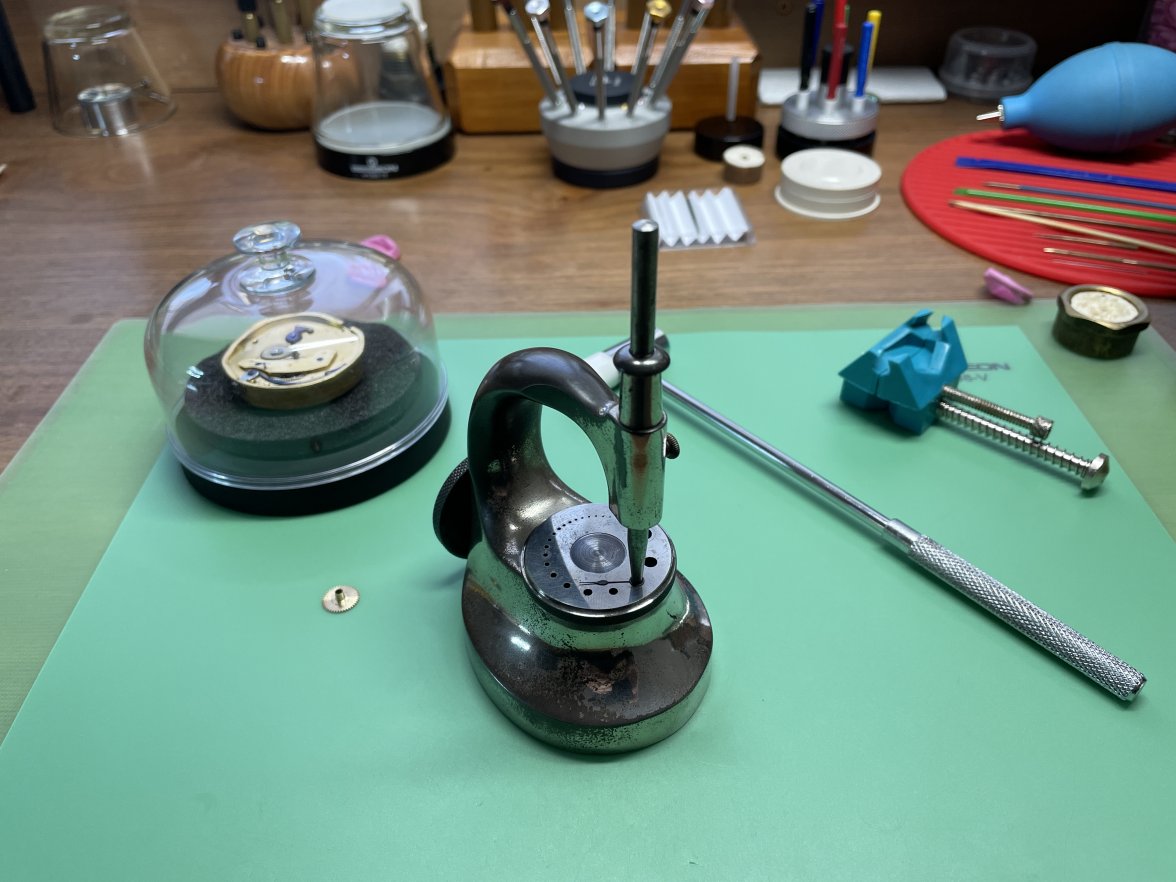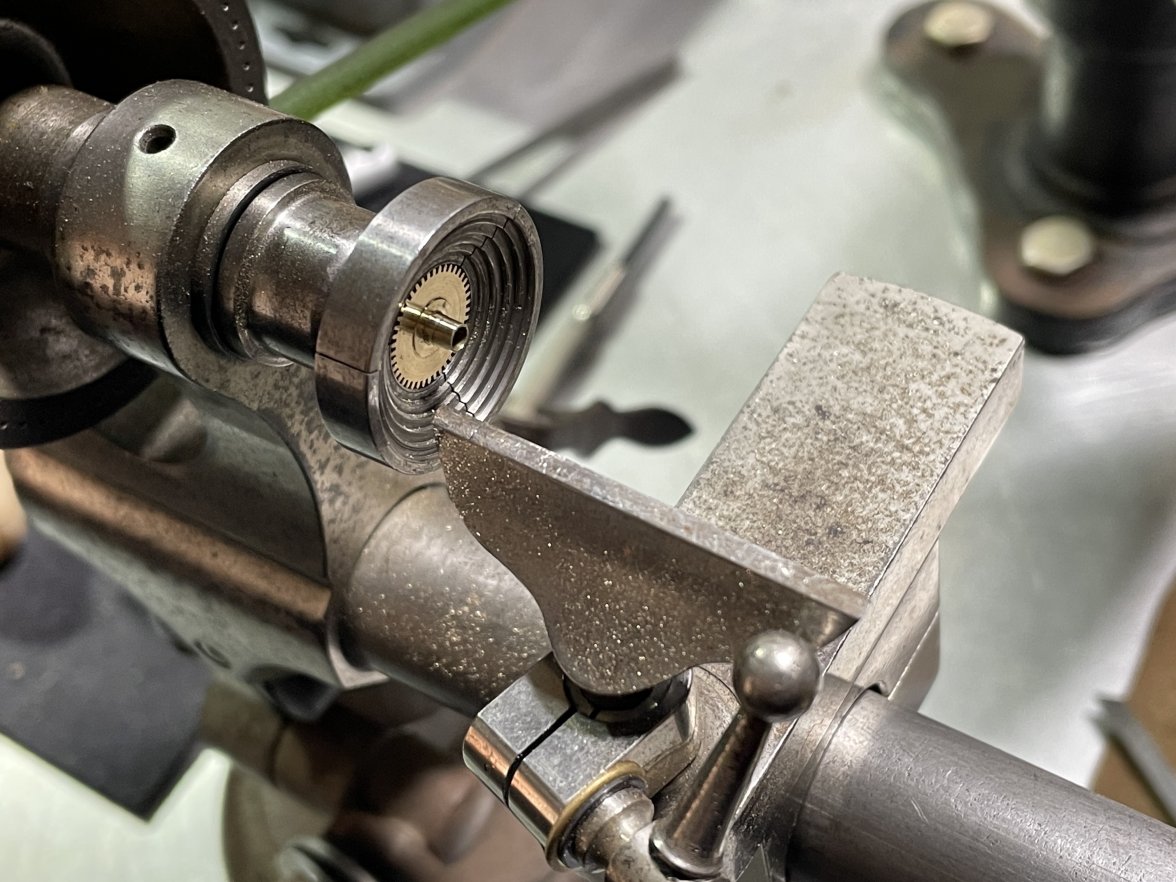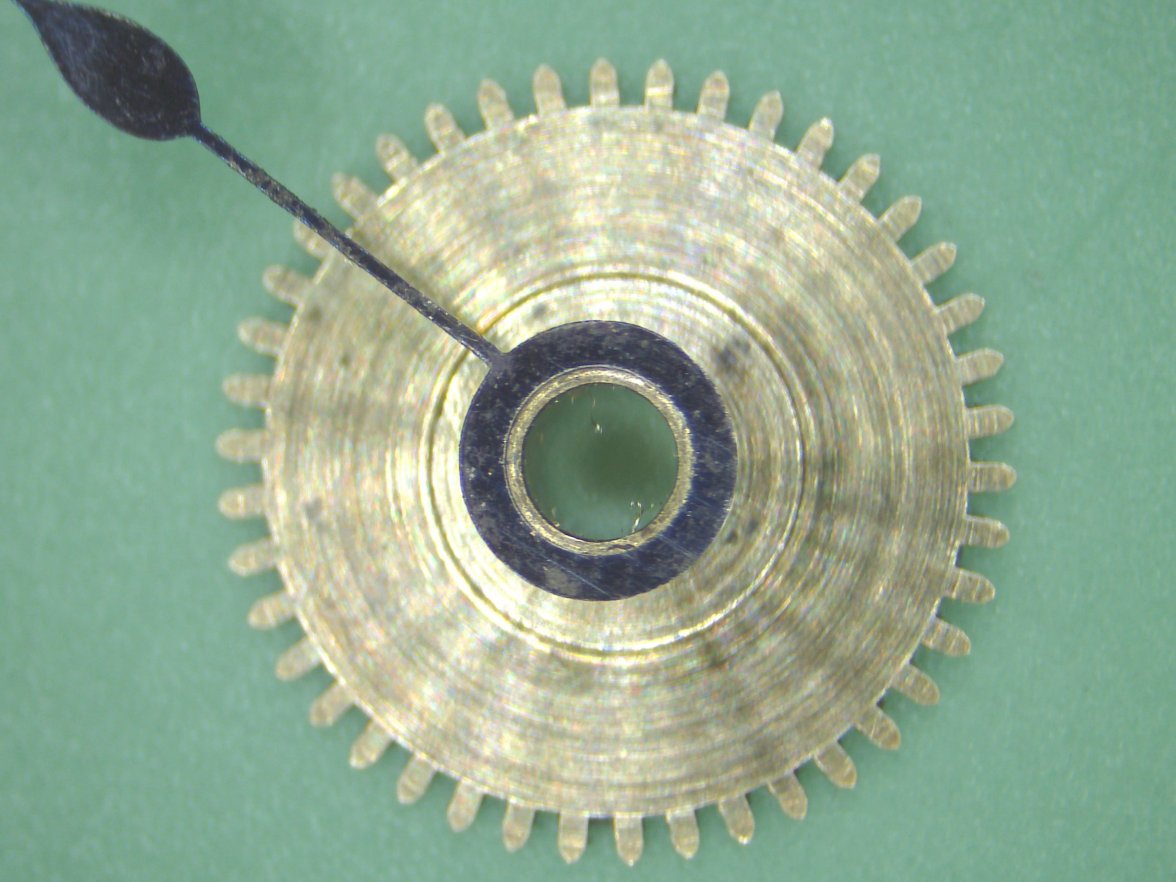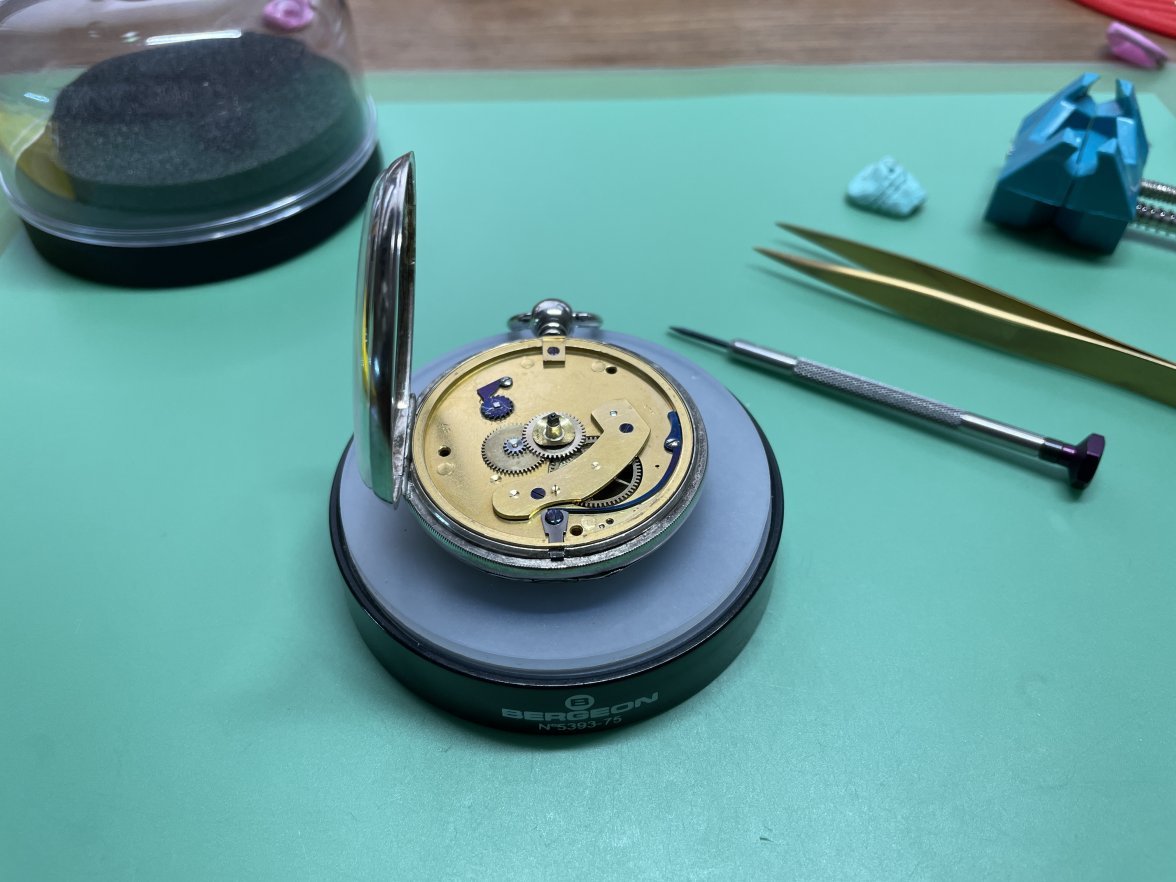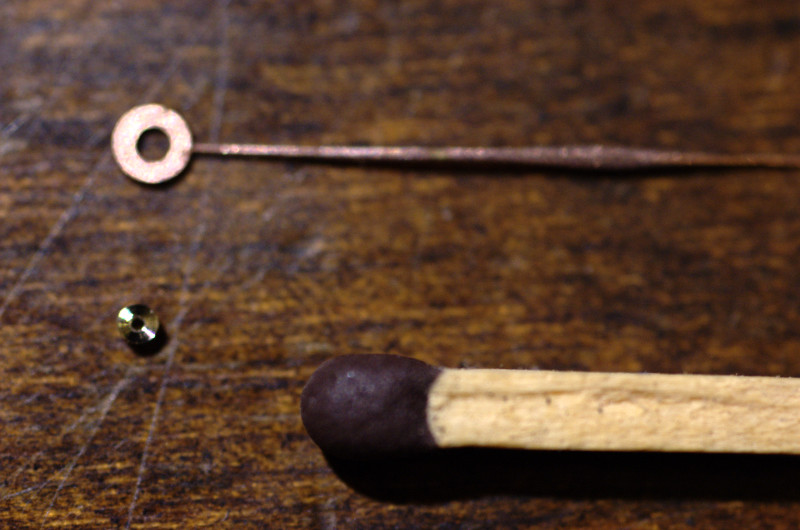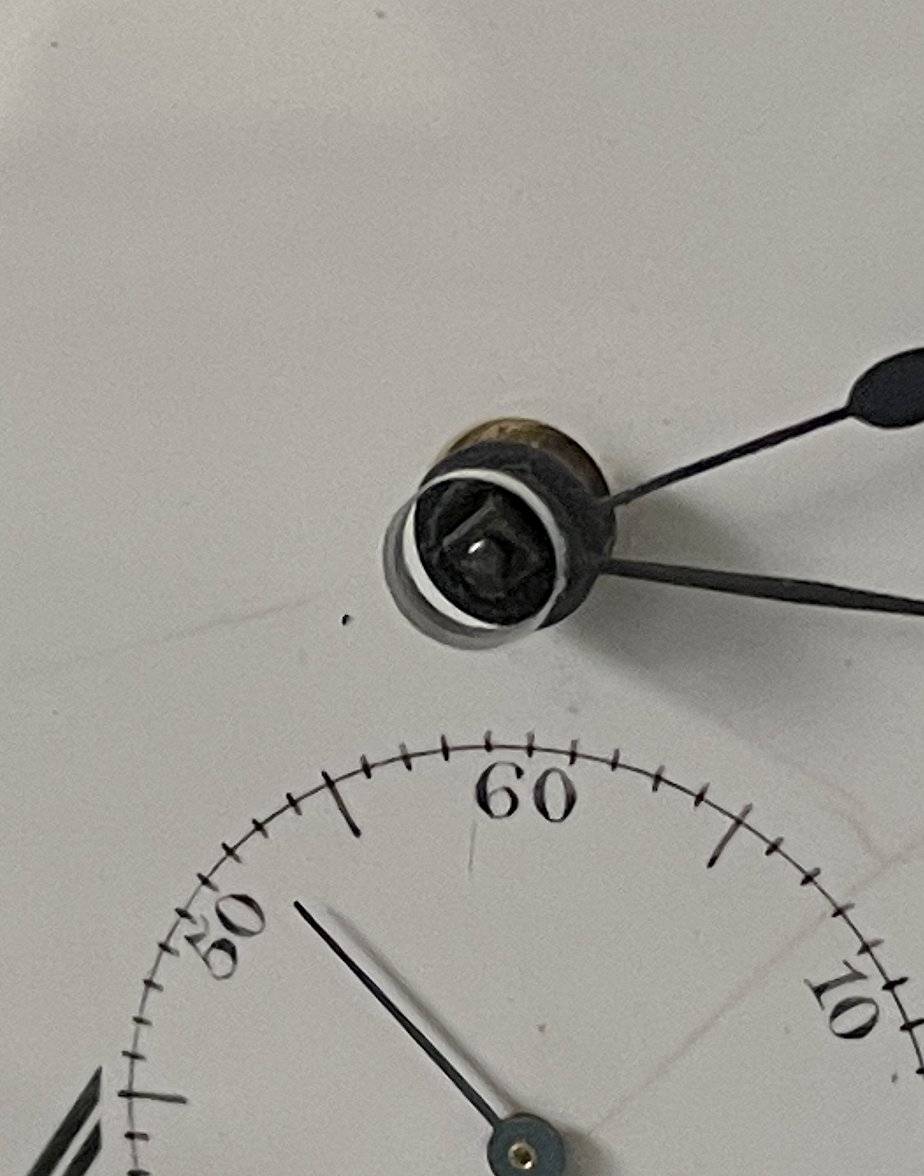JimInOz
··Melbourne Australia............. can be a real PITA!
But let me begin at the beginning. My SIL visited a while ago and as he knew of my interest in watches and the fact that my hobby is servicing them, he bought a couple with him.
"Would you like to have a look at them?" he asked after we'd had a beer. Sure I thought, just a look, how can that hurt.
Out came to two watches, both pocket watches. One an Australian cased Swiss movement (Helvetia 33L caliber) and the other was a silver cased tragedy from England.
It was in very sad condition, the glass was missing, as were all the hands and there were no winding / setting keys and it looked like it had been thrown in mud, dust and a bucket of barber shop sweepings.
"Do you reckon you could do anything with them?" he said.
I pretended I hadn't heard him, and then thought I could feign a heart attack, but after a moment, and because he's "fambly", I relented and said yes.
The English watch meant a lot to him as it was owned by his GGGF who served in the Coldstream Guards and saw action in the Boer War at the turn of the last century.
So some time later, I got to work on it.
Being a pocket watch it wasn't too hard to disassemble and I quickly had the movement out.
And that's when I went "Ahhhhh!"
The movement was a 173 year old English Lever Fusee and while everything appeared to be there, it was seized solid, so lots of stripping and cleaning and noting which parts went where.
I've never worked on a fusee movement so there was some trepidation as I went forward. Even before I got into the guts, the condition of the seconds hand post made me wince.
The next thing that was a bit more pleasant and I hadn't seen before are the balance jewels. They are actually diamonds!
Here's the Upper Jewel setting.
Getting all of the parts separated and cleaned was the easy bit!
So all was going swimmingly, until I got to the PITA BIT!
Starting the assembly went smoothly thanks to some help from David Boettcher and a pic from his website.
That looks nice doesn't it, but the PITA bit isn't obvious there.
The top plate can not be put on because it houses the lower balance setting on a cock under the plate, and the cock is blocked by the lever if you lower the plate.
I figured out that the only way I could do it was to put the lever into the top plate with the horn of the lever sitting above the balance cock, and to hold it in place as I turned the plate over I used a couple of little balls of Rodico.
With that very very carefully lowered, all that remained was to make sure all pivots were correctly seated before the plate was pushed down. What A PITA! As you can see below there are four top pivots and four lower pivots, each about the diameter of a human hair, that must be tweaked into position so that they don't snap as the plate is set home.
Anyway, after much "slow breathing" and thinking "why do I do these things?" it all just fell into place.
So there we are, time to take a break and have a coldie to settle my nerves.
But let me begin at the beginning. My SIL visited a while ago and as he knew of my interest in watches and the fact that my hobby is servicing them, he bought a couple with him.
"Would you like to have a look at them?" he asked after we'd had a beer. Sure I thought, just a look, how can that hurt.
Out came to two watches, both pocket watches. One an Australian cased Swiss movement (Helvetia 33L caliber) and the other was a silver cased tragedy from England.
It was in very sad condition, the glass was missing, as were all the hands and there were no winding / setting keys and it looked like it had been thrown in mud, dust and a bucket of barber shop sweepings.
"Do you reckon you could do anything with them?" he said.
I pretended I hadn't heard him, and then thought I could feign a heart attack, but after a moment, and because he's "fambly", I relented and said yes.
The English watch meant a lot to him as it was owned by his GGGF who served in the Coldstream Guards and saw action in the Boer War at the turn of the last century.
So some time later, I got to work on it.
Being a pocket watch it wasn't too hard to disassemble and I quickly had the movement out.
And that's when I went "Ahhhhh!"
The movement was a 173 year old English Lever Fusee and while everything appeared to be there, it was seized solid, so lots of stripping and cleaning and noting which parts went where.
I've never worked on a fusee movement so there was some trepidation as I went forward. Even before I got into the guts, the condition of the seconds hand post made me wince.
The next thing that was a bit more pleasant and I hadn't seen before are the balance jewels. They are actually diamonds!
Here's the Upper Jewel setting.
Getting all of the parts separated and cleaned was the easy bit!
So all was going swimmingly, until I got to the PITA BIT!
Starting the assembly went smoothly thanks to some help from David Boettcher and a pic from his website.
That looks nice doesn't it, but the PITA bit isn't obvious there.
The top plate can not be put on because it houses the lower balance setting on a cock under the plate, and the cock is blocked by the lever if you lower the plate.
I figured out that the only way I could do it was to put the lever into the top plate with the horn of the lever sitting above the balance cock, and to hold it in place as I turned the plate over I used a couple of little balls of Rodico.
With that very very carefully lowered, all that remained was to make sure all pivots were correctly seated before the plate was pushed down. What A PITA! As you can see below there are four top pivots and four lower pivots, each about the diameter of a human hair, that must be tweaked into position so that they don't snap as the plate is set home.
Anyway, after much "slow breathing" and thinking "why do I do these things?" it all just fell into place.
So there we are, time to take a break and have a coldie to settle my nerves.
